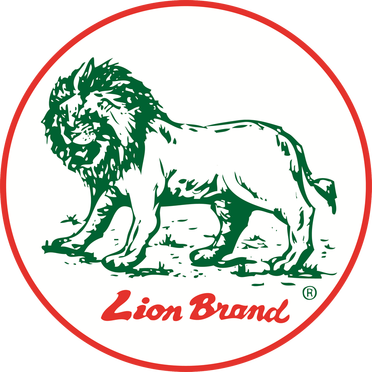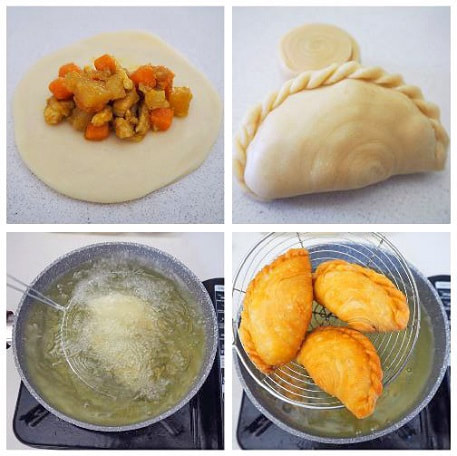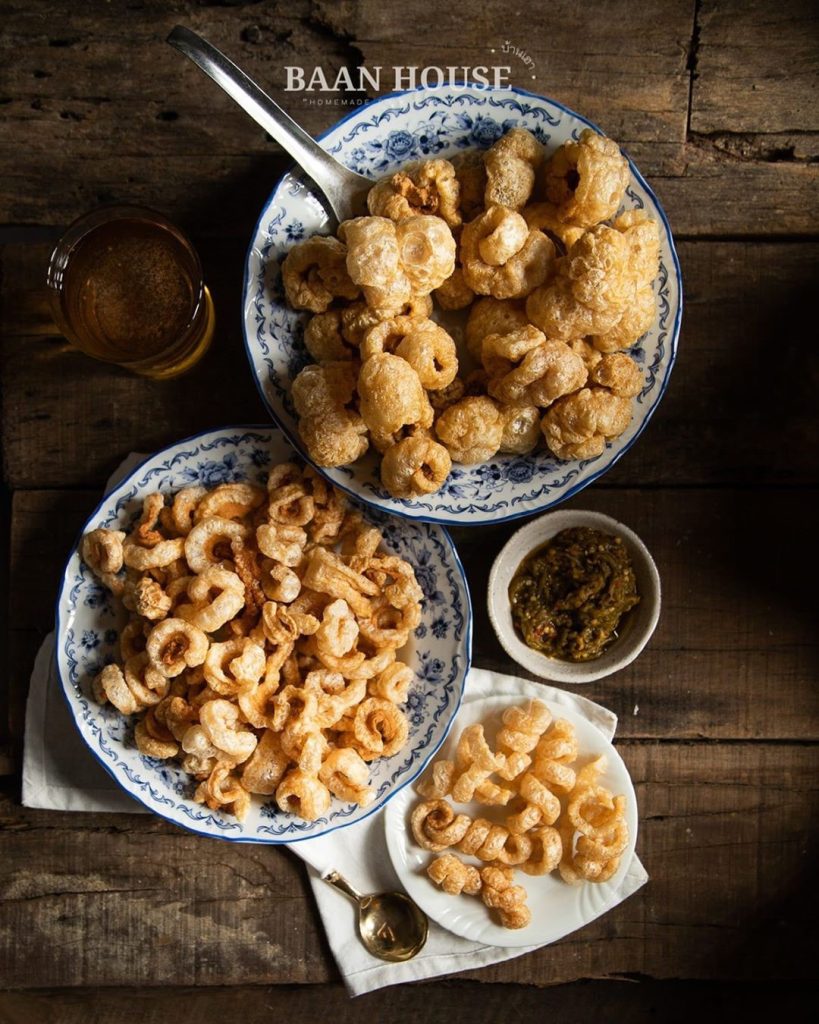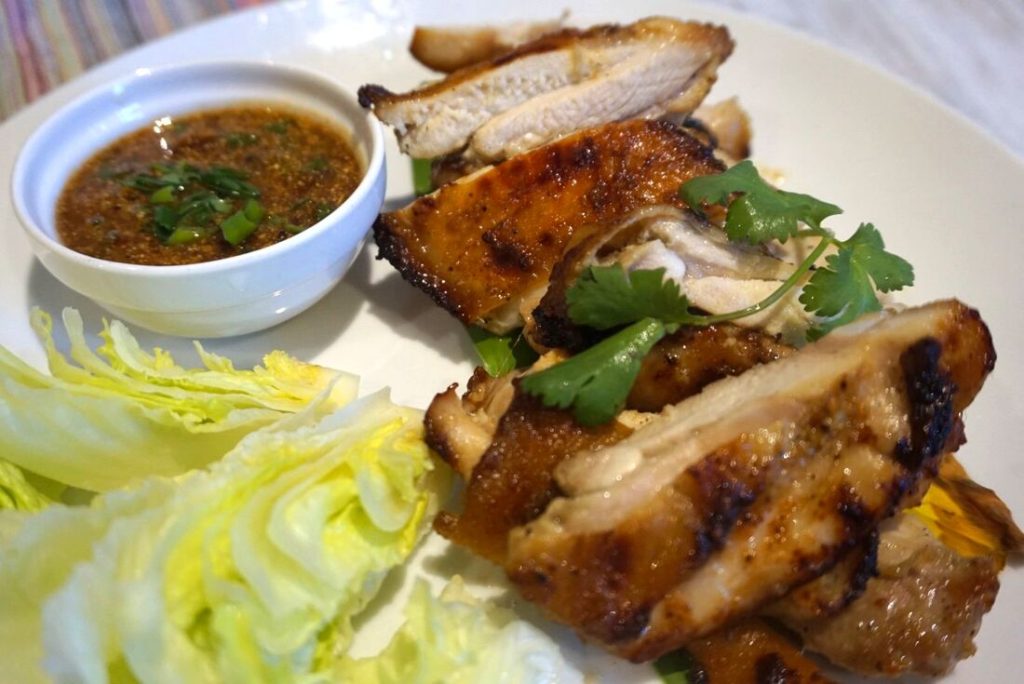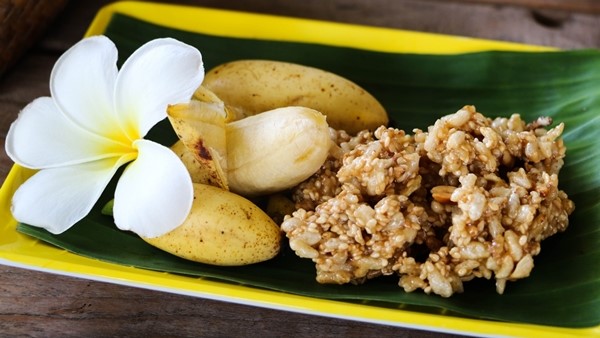Thai Massage has been practised for over 2,500 years and uses a blend of techniques to achieve a state of deep relaxation in the body, mind and spirit. It is a system developed in Thailand influenced by the traditional medicine systems of India, China, and Southeast Asia…. Despite the many foreign influences Thai massage is distinctly Thai and a unique part of Thailand’s cultural heritage
Thai Massage has been practised for over 2,500 years and uses a blend of techniques to achieve a state of deep relaxation in the body, mind and spirit. It is a system developed in Thailand influenced by the traditional medicine systems of India, China, and Southeast Asia.
It is usually called nuat phaen thai (นวดแผนไทย “Thai-style massage”) or nuat phaen boran (นวดแผนโบราณ, “ancient-style massage”), though its formal name is nuat thai (นวดไทย, “Thai massage”) according to the Traditional Thai Medical Professions Act
Traditional Thai massage uses no oils or lotions and the recipient remains clothed and lies on a mat or firm mattress on the floor. Rather than rubbing on muscles, the body is “compressed, pulled, stretched and rocked”. The recipient will be positioned in a variety of yoga-like positions during the course of the massage, that is also combined with deep static and rhythmic pressures.
Most of the recorded history of Thai massage was lost in 1767 during the Burmese attack on Ayutthaya. The records that survived were inscribed in the Sala Moh Nuat, a massage pavillion in within the temple of Pra Chetuphon in Bangkok (known as Wat Po) the temple of the reclining Buddha.
|
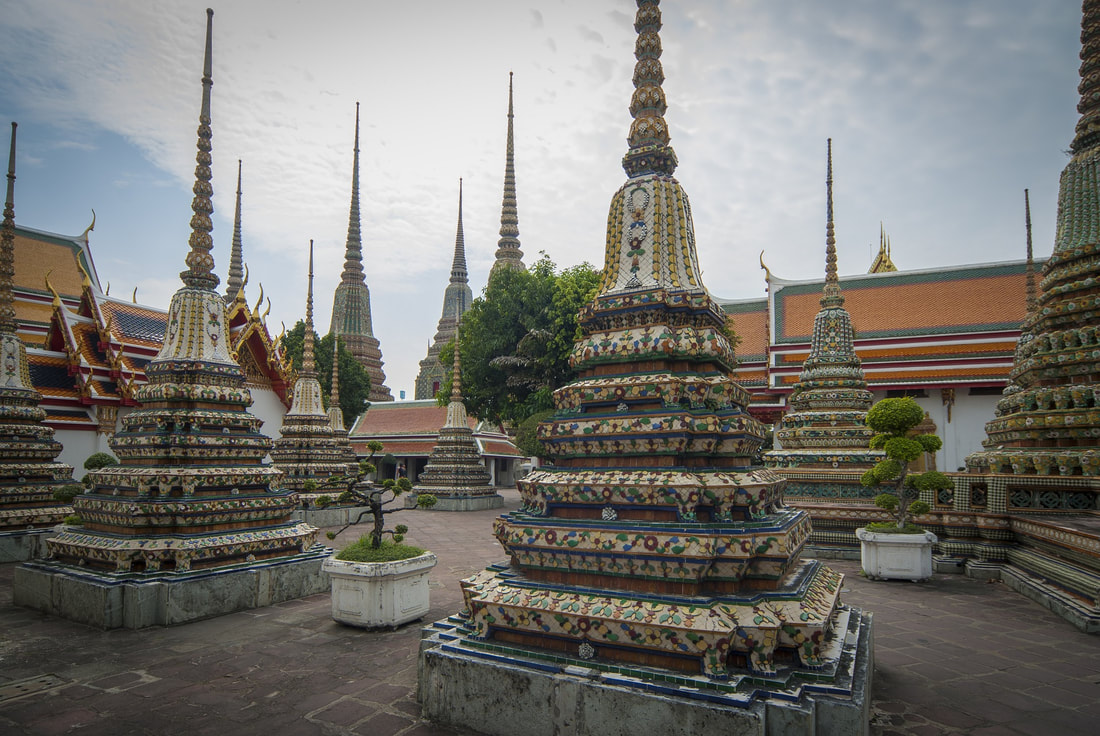 Wat Pho
|
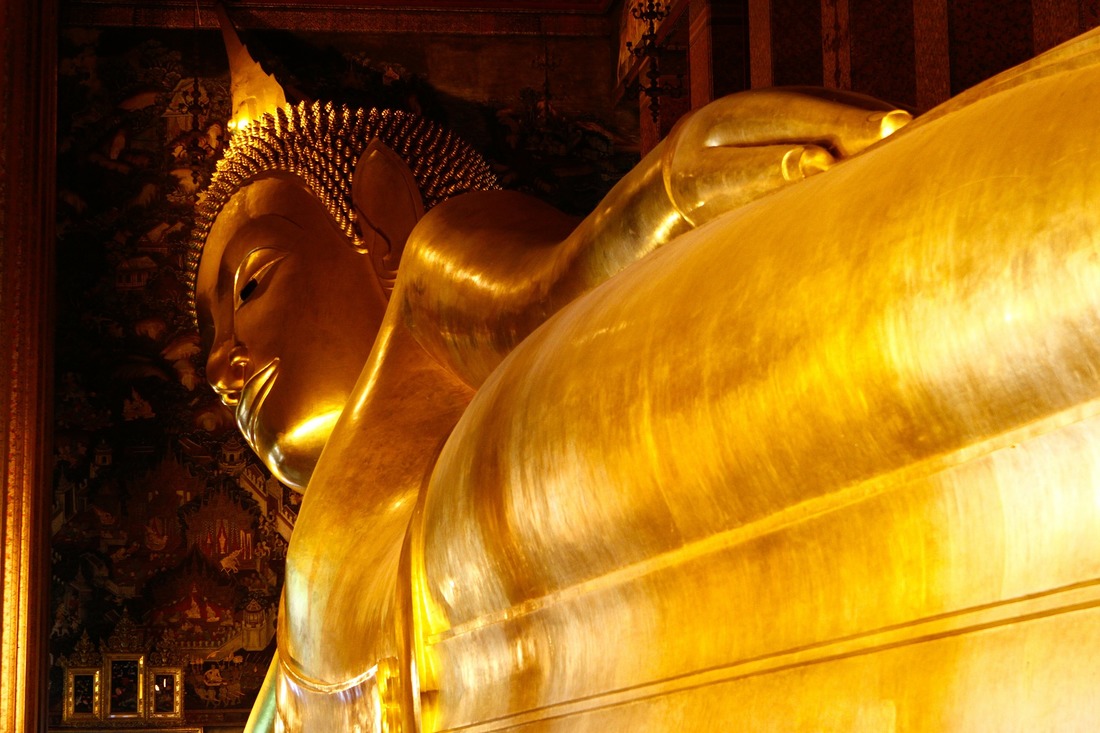 Temple of the Reclining Buddha
|
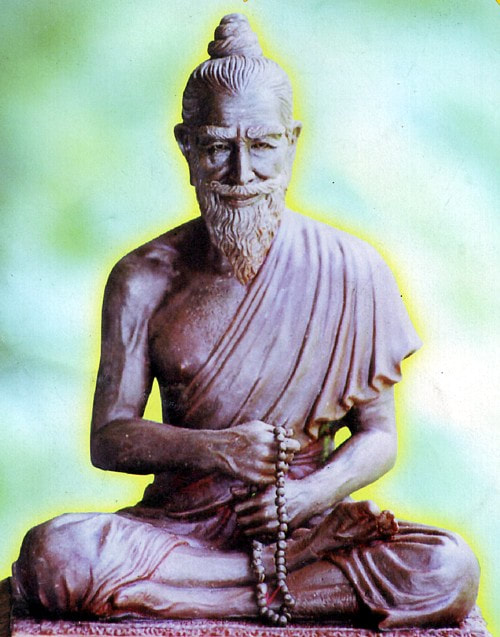
Thai Massage and Thai Medicine are said to have been founded by the legendary Jivaka Komarabhacca, a physician from over 2500 years ago. He lived in the Magadha capital of Rajagaha during late 5th century BC in the time of King Bimbisara (and later Ajatashatru). He was trained and excelled in traditional Indian medicine (e.g. Ayurveda) and said to be a friend and personal physician of the Buddha.
Jivaka is actually a minor figure in Buddhist scripture, but his story appears in various forms in Sanskrit, Chinese, and Tibetan translations in other Buddhist traditions around Asia. In all versions, Jivaka converts to Buddhism and volunteers his time as a physician to the order. It is said that he even treated the Buddha himself for a problem of the doshas (Ayurvedic humors). Jivaka is believed by most Thai healers to be the inventor of many of the practices of Thai herbalism and massage. Before each massage session, the therapist will perform homage to Jivaka in a ceremony known as wai khru, or “honoring the teacher.”
It is clear that Indian culture played a prominent role in the development of Thai massage which contains principles which are similar to the Vedic principles of life energy and life elements. Traditional Thai Medical texts frequently reference principles such as the doshas and the Four Elements (Earth, Water, Fire, and Air). The idea of the body being animated and mobilized by lom (which is usually translated as “energy,” but literally means ‘air’) is taken from the traditional Indian model of physiology.

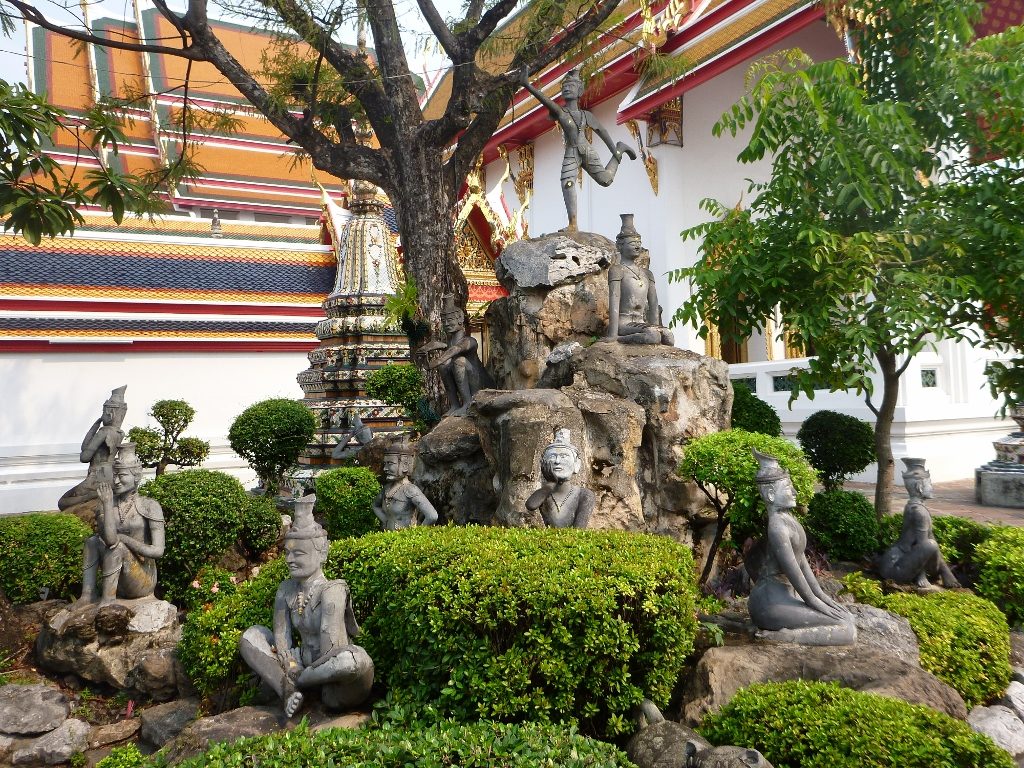
Chinese Influence
Historians now tend to believe that the Tai race most probably originated in Guangxi Province in the People’s Republic of China, and that they are ancestors of the Thais in Thailand. The migration of the Tai-speaking people from their homeland in Guangxi occured approximately around 800 AD. and first arrived in the region of present-day Thailand around 1000 A.D
It would be sensible to assume that the development and use of massage dates back to the period when the ancient Thais were in China. There are similarities in the hand positions used in both Thai and Chinese massage and the Sen Sib used in Thai massage, correspond to several Chinese meridian lines. However the traceability of this origin may be muddied by the the extensive contact and interaction of these two cultures over many centuries. Many Thai Massage schools today teach modified forms of foot reflexology, tuina abdominal massage, and other Chinese massage practices.
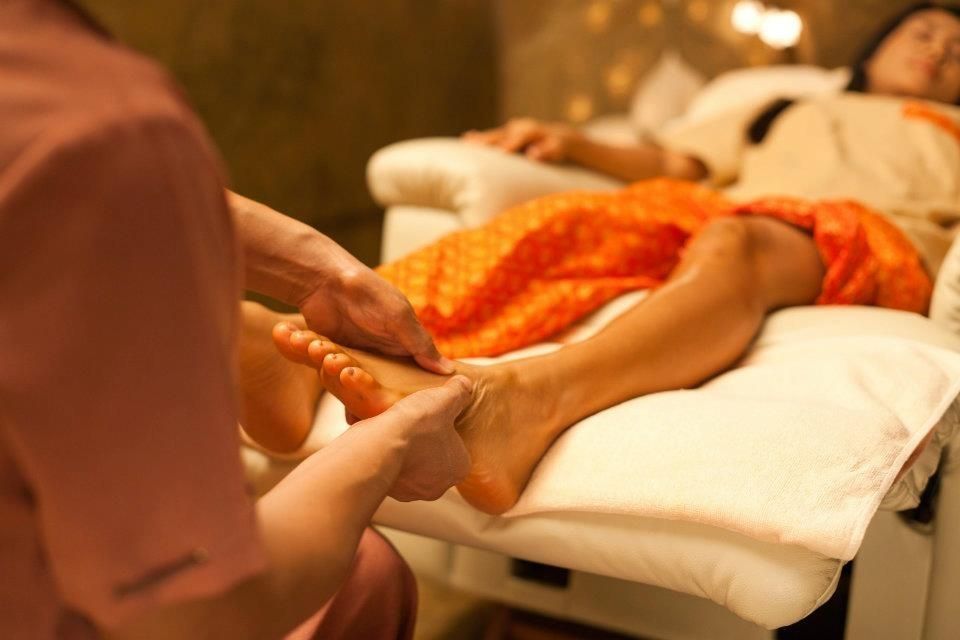
Native Thai Influence
While there have been many foreign inputs, Thai massage includes a wide variety of indigenous Thai healing arts from yam kaeng (walking on the back), bone-setting, and tok sen (tapping specific points with a mallet). Despite the many foreign influences Thai massage is distinctly Thai and a unique part of Thailand’s cultural heritage.
Want to give it a try? Check out some of our favourite places in Sydney
https://theivorythaimassageandspa.wordpress.com/
https://www.facebook.com/sinthairemedial/
References:
Thai Massage the Thai Way: Healing Body and Mind Paperback – 2005 by Jan Chaithavuthi and Kanchanoo Muangsiri
Encyclopedia of Thai Massage: A Complete Guide to Traditional Thai Massage Therapy and Acupressure Paperback – February 1, 2011 by C. Pierce Salguero PhD (Author), David Roylance
Web References
http://www.thaimassagesandiego.com/history
https://artofthaimassage.com/2011/06/09/who-is-dr-shivago/
http://www.asianmedicinezone.com/thai-se-asia/introduction-to-ruesi-dat-ton/
https://www.thaimassagebysuwanna.com.au/history-of-thai-massage
http://www.sunshine-massage-school.com/history_of_traditional_thai_massage.html
thaihealingalliance.com/description-of-traditional-thai-massage/
http://www.smilinginthailand.com/info/thai-massage.html
http://www.watpomassage.com/2014/#
